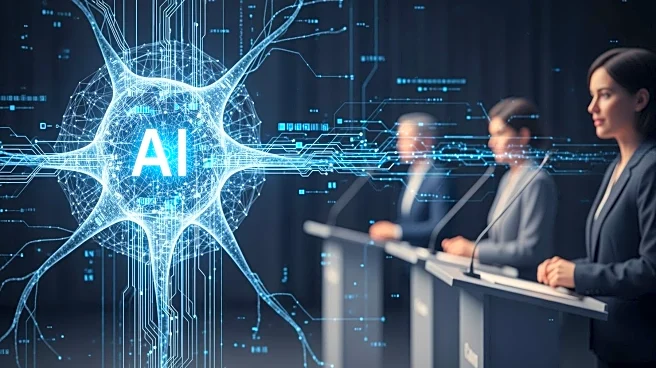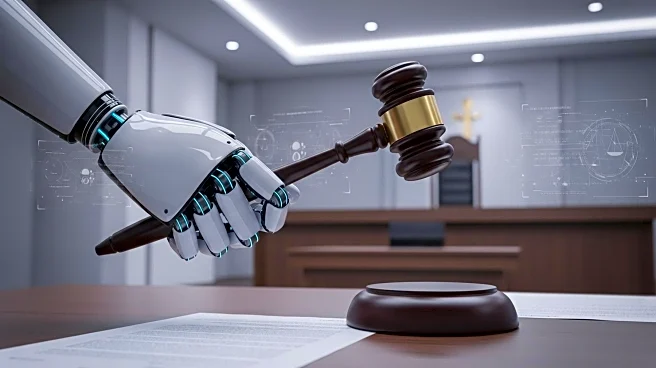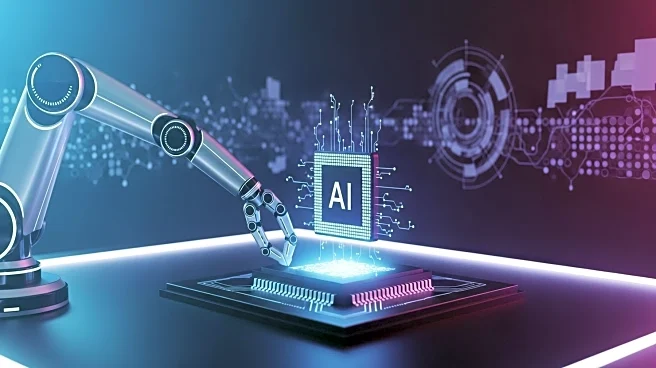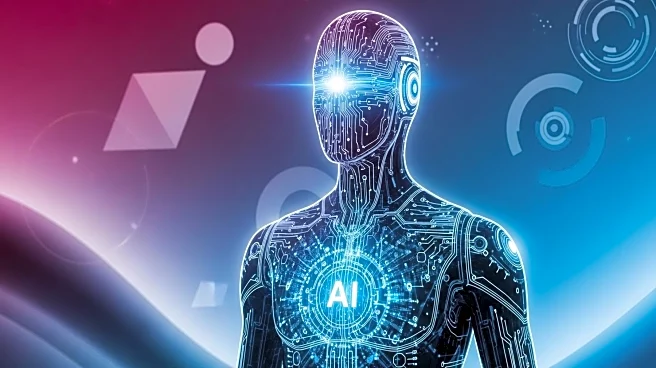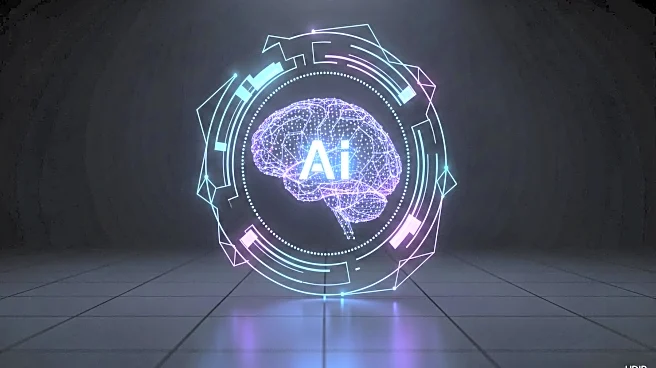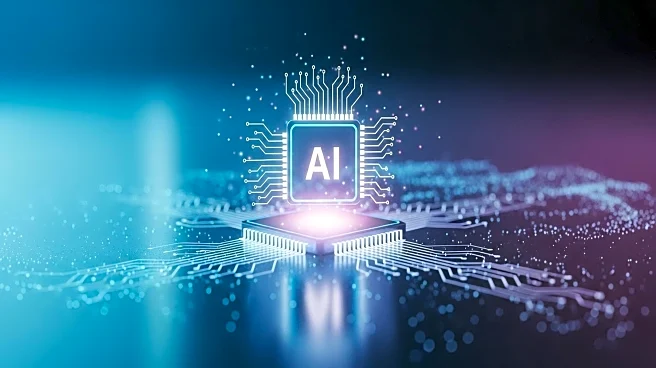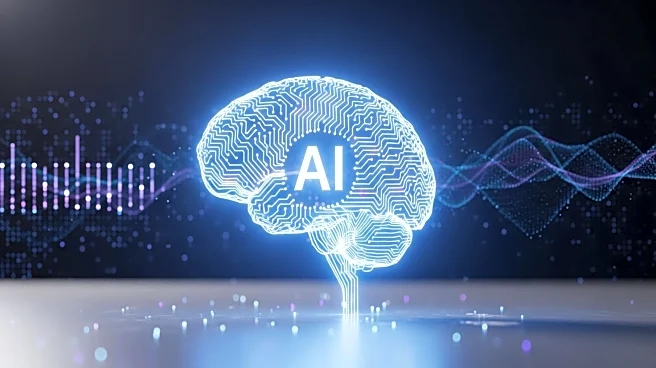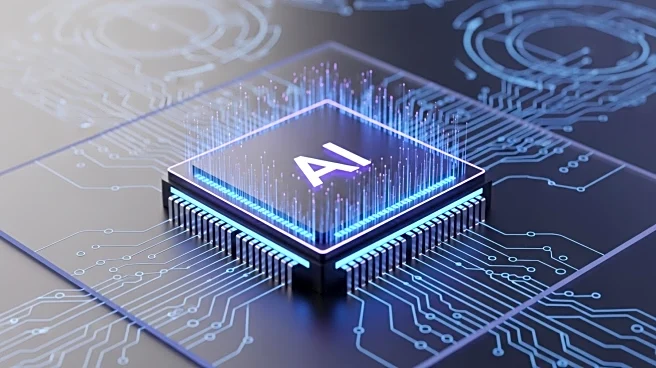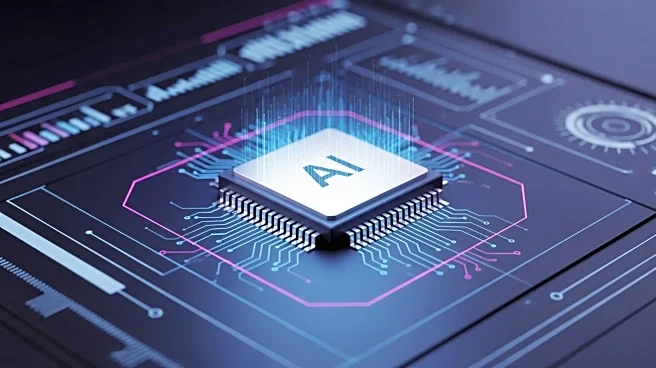What's Happening?
HR leaders are emphasizing the importance of strategic AI adoption to address workforce resistance and fear. Despite the increasing use of AI in business functions, only a small percentage of organizations
have achieved full adoption due to human barriers. HR teams are encouraged to help employees navigate AI complexity, protect human agency with guardrails, and reskill workers by redesigning work tasks. The focus is on preparing employees to thrive amidst transformation rather than rushing to beat competitors.
Why It's Important?
The strategic adoption of AI is crucial for organizations to enhance productivity and innovation. By addressing human resistance and fear, companies can ensure smoother transitions and better integration of AI technologies. This approach not only protects jobs but also enhances their quality by allowing employees to focus on strategic tasks. Organizations that successfully implement AI can redirect saved time towards creative problem-solving, ultimately improving overall performance and competitiveness.
What's Next?
HR teams are expected to continue developing strategies that integrate AI while maintaining human oversight and judgment. This includes establishing clear guardrails and reskilling programs to ensure employees are equipped to handle AI-driven changes. Companies may also explore hybrid approaches where AI assists in generating possibilities, and humans apply context and judgment to select the best outcomes. The focus will remain on balancing technological efficiency with human strengths.
Beyond the Headlines
The ethical implications of AI adoption are significant, as organizations must ensure that AI enhances rather than replaces human relationships and decision-making. Cultural guardrails, such as regular in-person collaboration and device-free discussions, are essential to maintaining human connection and creativity. The long-term shift towards AI integration requires careful consideration of its impact on workforce dynamics and organizational culture.
